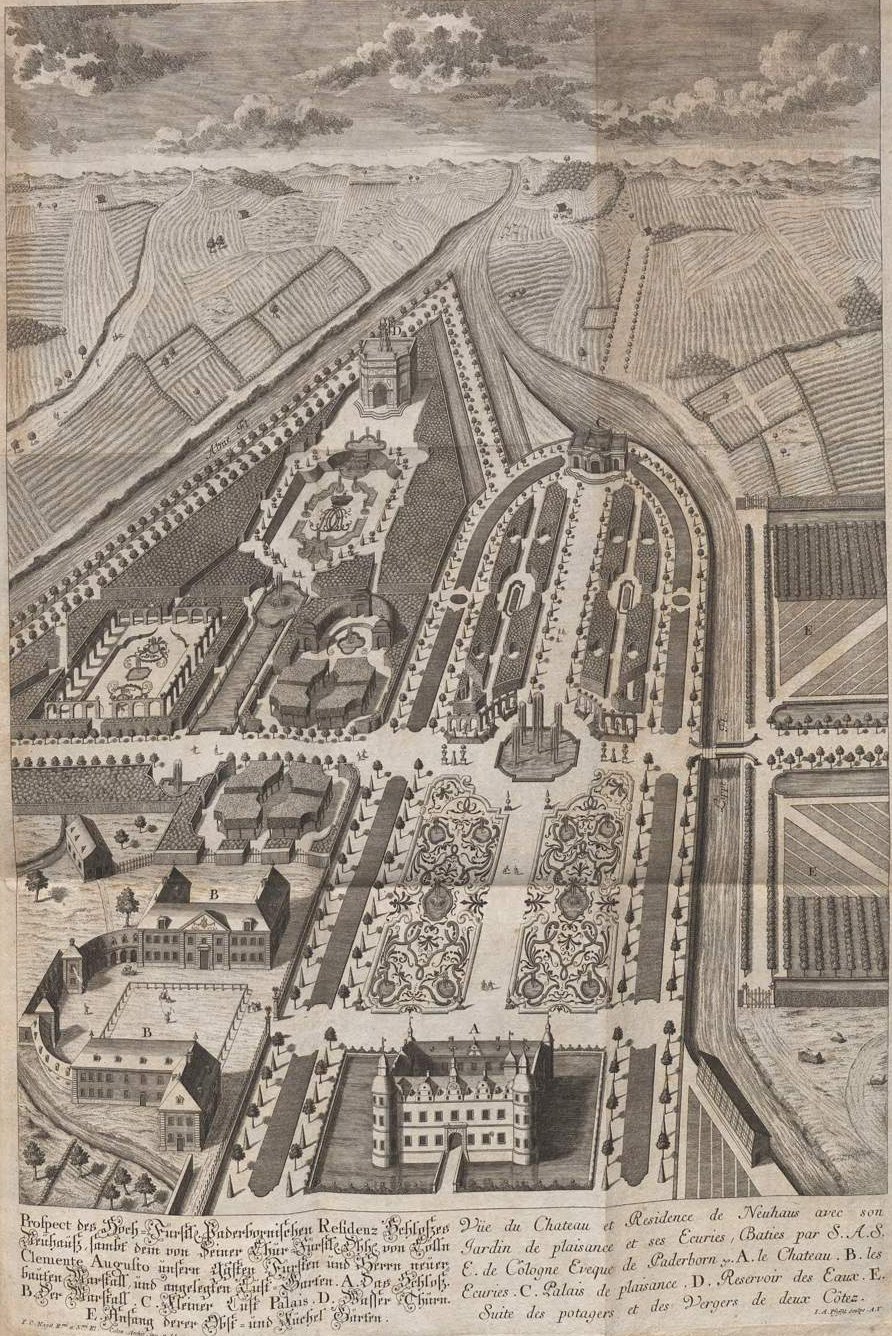|
Vauxhall (Gotheburg)
Vauxhall or Vauxhallen was a pleasure garden in Gothenburg in Sweden, active from 1773 until 1802. It was situated at '' Första Långgatan'' nr 10 in the '' Masthugget'' area in Gothenburg. The area contained a building for public balls and concerts as well as a park, and was used for balls, concerts, fire works, military parades and all sorts of artists performances against an entrance fee. History Initially, a tavern was managed on the spot by Carsten Vogdt or Voegt (d. 1678), which was made into a country villa by the wealthy Amija merchant family in 1686, as it was then a bit outside of town. In 1745, the house was bought by Johan Bartram Kitz (1712-1759), who established a restaurant in the garden, known as ''Kitziska trädgården'' (Kitzian Gardens), which also included tobacco gardens and fishponds. The Vauxhall was founded when the Kitzian Gardens were bought by Peter Lamberg, who wished to found an establishment of the same kind as the Vauxhall Gardens in London, whi ... [...More Info...] [...Related Items...] OR: [Wikipedia] [Google] [Baidu] |
Pleasure Garden
A pleasure garden is a park or garden that is open to the public for recreation and entertainment. Pleasure gardens differ from other public gardens by serving as venues for entertainment, variously featuring such attractions as concert halls, bandstands, amusement rides, zoos, and menageries. Historically a "pleasure garden" or ''pleasure ground'' meant private flower gardens, shrub gardens or formal wooded areas such as bosquets, that were planted for enjoyment, with ornamental plants and neat paths for walking. These were distinguished from the areas in a large garden planted as lawns or a landscaped park, or the "useful" areas of the kitchen garden and woodland. Thus most modern gardens would have been called "pleasure gardens", especially in the 17th and 18th centuries. The two meanings of the term, as the ornamental parts of a garden, and as a commercial place of entertainment, coexisted in English from at least the 17th century. History Public pleasure gardens ... [...More Info...] [...Related Items...] OR: [Wikipedia] [Google] [Baidu] |
